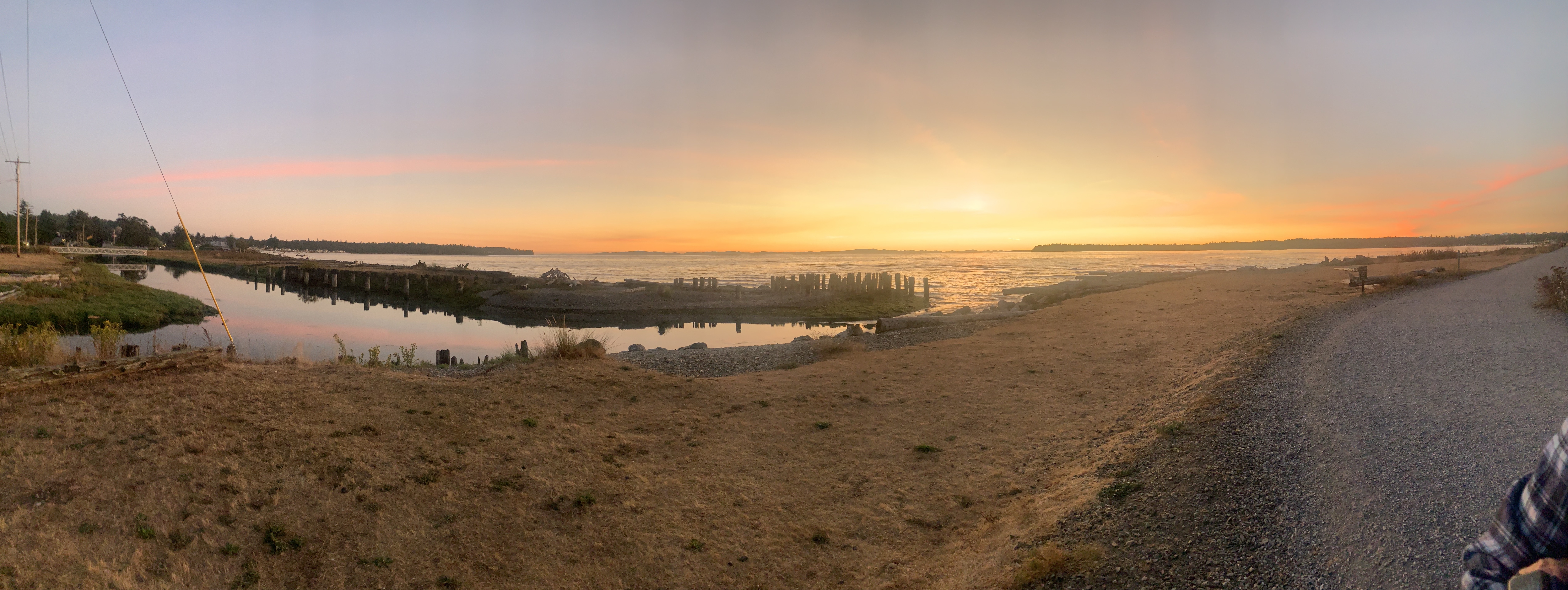Advancing technology
10/09/22 02:07

I am a bit suspicious about wires and cables. No, I’m not afraid of the electrical system in our home. I am not concerned with the buried cables that deliver electricity to our home. But I have seen several kinds of wiring that became obsolete, leaving cables and plugs unused. Here are two examples. When we bought our home in Rapid City, South Dakota, I was pleased that the house was wired for telephones in every room. There were even plugs for telephones in the bathrooms. If you had a phone, you could connect it in any room of the house and it would work. By the time we sold that home, we still had a land line in the house, but we had a single base station for the wireless phones in our house that plugged into a single phone outlet. We could carry phones anywhere we wanted them and no longer needed all of the wires and plugs that were scattered throughout the house. Now we use cell phones as our only telephones. We no longer need wires. Our grandchildren won’t know what a phone cord is.
Here is another example. Around the time our son was born, the decision was made to replace the siding on the parsonage in which we lived. While we had the old siding off of the house, we connected television cable to several rooms in the house. Our family wasn’t very big on television, and we had never subscribed to cable television, but it was felt that cable television was the future of communications and so coaxial cable was brought into the house and connected to wall plates in several rooms. Each home we have lived in since has had multiple coaxial connections where cables could be connected. Yesterday, a technician installed fibre optic cable to bring high speed internet to our house. The “wires” over which this journal entry will be published are not wires at all. The thin cable, less than a quarter of the size of coaxial cable, is a tube that carries pulses of light to transmit data. All of the coaxial cable in the house is now obsolete and unnecessary. The technician left behind a roll of cable that we will never use. I’m not even sure if it can be recycled.
And here is a bonus example. When I was serving as pastor in Rapid City, we pulled category 5 computer cable through the attic and pulled cables into each office in the building and from the basement where the modems were installed to a hub in the office that was the heart of our computer network. Before I left as pastor, we installed a trio of wi-fi routers that enabled wireless Internet connections throughout the building. No longer did a computer need to be connected to a cable in order to access our shared data. Not long afterward, we migrated all of our database to an Internet cloud server. The backup system for the church’s computer data was no longer physically located inside of the church building. The cables we had pulled were no longer necessary. In fact, I could turn the heat up or down and monitor the status of the boiler with an app on my phone from any location that had cellular service.
So, I’m suspicious of wires. Nonetheless we now have fiber optic cable connected to our house that is connected to the fiber optic cable buried under the streets of our neighborhood and connected to computers and routers that deliver connectivity to the system of computers we call the Internet. I wonder how long fiber optic cables will be considered necessary. Our son, who lives on a farm, has relatively high speed Internet connections, fast enough for teleconferencing and streaming videos, that is based on the cell phone system. He doesn’t have a data connection to his home, just a cell phone booster that increases the signal and a cellular modem and router to distribute wifi not only to the farm house, but also to several outbuildings. Wireless technology is definitely the wave of the future, and that future is not far away. Apple has announced that satellite connectivity in phones and even watches is available in its latest models. No longer dependent on the installation of towers, our handheld devices soon will be able to connect us to others wherever we are on this globe.
We have often spoken of the revolution in transportation our grandparents witnessed. They were born when horses and buggies were the most common form of personal transportation. They rode trains to travel long distances. And they lived to ride on airliners traveling at more than 500 mph. They witnessed the landing of astronauts on the moon. The communications revolution we have witnessed is no less spectacular and it has occurred in a much shorter span of time. The first personal computer in our home arrived after our children were born. Now we repeat the common knowledge that we carry more computing power in our phones than was used to guide the landing on the moon. I think there is more computing power in my watch than was in the Apollo spacecraft. The rate of change is accelerating. My imagination isn’t capable of predicting the changes that our grandchildren will see in their lives.
Of course all of these computers and technology have their drawbacks. We consume so much energy that we are participating in a global crisis that threatens the ability of the planet to sustain human life. Our hunger for energy is so great that we are causing irreparable environmental damage each day. Glaciers are melting. Mountains are sliding. Rivers are flooding. Fires are raging. Environmental migrants are crowding the places that once were empty.
I don’t believe that technology will solve all of our problems. But I also don’t want to pass over technological solutions when they make sense. We are investigating the installation of solar panels on our church and our home. Initially, that means pulling more wires and cables. The technologies in which we invest will become obsolete in our lifetime. Nonetheless, we move forward with the information that we have - and there is a lot of information available.
Sometimes I just have to disconnect and go for a walk and watch the sunset over the bay. And if I am lucky, the cell phone in my pocket won’t interrupt with vibrations signaling more messages and information coming to me.
